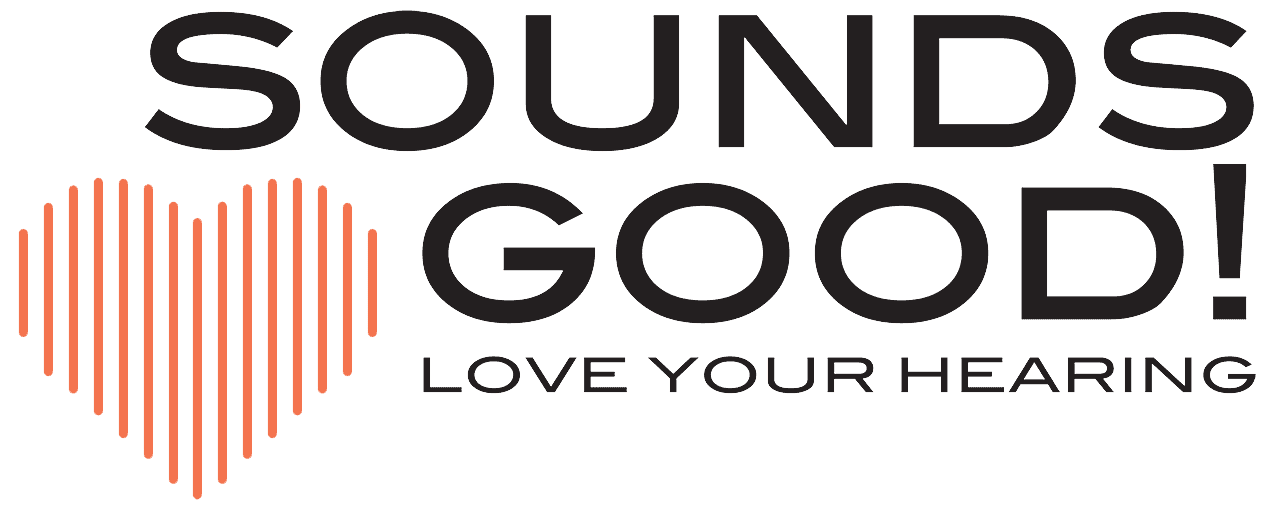- The Connection Between Stress and Tinnitus - April 7, 2025
- Breaking Barriers to Hearing Health with Mobile Audiometric Testing Services - March 3, 2025
- Why Scheduling a Hearing Test This Valentine’s Makes Perfect Sense - February 7, 2025
Hearing loss is a prevalent yet often misunderstood condition that affects millions of people worldwide. As a hearing professional, it is essential to debunk common misconceptions surrounding hearing loss and shed light on the latest advancements in prevention, diagnosis, and management. In this article, we will explore the truths about hearing loss, incorporating recent research and potential futuristic interventions, all while emphasizing the crucial role of early detection in maintaining auditory health.
Myth 1: Hearing Loss Only Affects the Elderly
One of the most persistent myths is that hearing loss is exclusively a concern for the elderly. While it is true that age-related hearing loss, known as presbycusis, is common, hearing impairment can affect individuals of all ages. Recent studies have shown a concerning rise in hearing loss among younger populations, often attributed to increased exposure to loud environments, such as concerts, clubs, and personal audio devices. As a hearing professional, it is vital to educate patients on the importance of protecting their ears at any age and to promote hearing conservation practices to prevent premature hearing damage.
Myth 2: Hearing Loss Is Inevitable, and Nothing Can Be Done About It
Contrary to popular belief, not all hearing loss is irreversible. While some cases may be permanent, many are treatable or manageable with the right interventions. Technological advancements in hearing aids, cochlear implants, and assistive listening devices have revolutionized the field of audiology, providing tailored solutions to address various degrees and types of hearing loss. Moreover, early detection and timely intervention can significantly improve outcomes. Regular hearing screenings are crucial, enabling professionals to identify issues early on and implement appropriate strategies to preserve and enhance auditory function.
Myth 3: Hearing Aids Make You Look Old
Another misconception that often deters individuals from seeking help is the stigma associated with wearing hearing aids. However, modern hearing devices are discreet, technologically advanced, and come in various styles to suit individual preferences. Some are nearly invisible, fitting inside the ear canal, while others sit discreetly behind the ear. Emphasizing the positive impact on overall well-being and social engagement, hearing professionals play a pivotal role in dispelling this stigma and encouraging individuals to prioritize their auditory health.
Advancements in Hearing Loss Prevention
Preventing hearing loss is as crucial as addressing it once it occurs. Hearing professionals can educate patients on proactive measures to protect their hearing. This includes using ear protection in noisy environments, practicing safe listening habits with personal audio devices, and addressing underlying health conditions that may contribute to hearing loss, such as diabetes and cardiovascular issues. Additionally, research has highlighted the potential benefits of a healthy lifestyle, including a balanced diet and regular exercise, in preserving auditory function.
Diagnostic Advancements
Recent developments in diagnostic tools have enhanced the accuracy and efficiency of hearing assessments. Advanced audiometric testing, including high-frequency audiometry, can identify subtle changes in hearing sensitivity, allowing for early detection of hearing loss. Otoacoustic emissions (OAE) testing, which measures the response of the inner ear to sound, provides valuable insights into cochlear function. These diagnostic tools empower hearing professionals to tailor interventions based on individual needs, ensuring a more personalized approach to auditory healthcare.
Futuristic Interventions
Looking ahead, the field of audiology is poised for exciting advancements. Researchers are exploring innovative therapies, such as gene therapy and regenerative medicine, to restore damaged hair cells in the inner ear. While these interventions are still in the early stages of development, they offer hope for the future of hearing restoration. As a hearing professional, staying informed about these potential breakthroughs is essential, fostering a sense of optimism among patients and encouraging them to remain engaged in their auditory health journey.
Conclusion
As hearing professionals, debunking common myths about hearing loss is not only a responsibility but an opportunity to empower individuals to take control of their auditory health. By emphasizing the importance of early detection, promoting preventative measures, and staying abreast of the latest advancements in audiology, we can contribute to a world where hearing loss is demystified, stigma is eradicated, and individuals of all ages can enjoy a vibrant and connected life through optimal auditory function.

